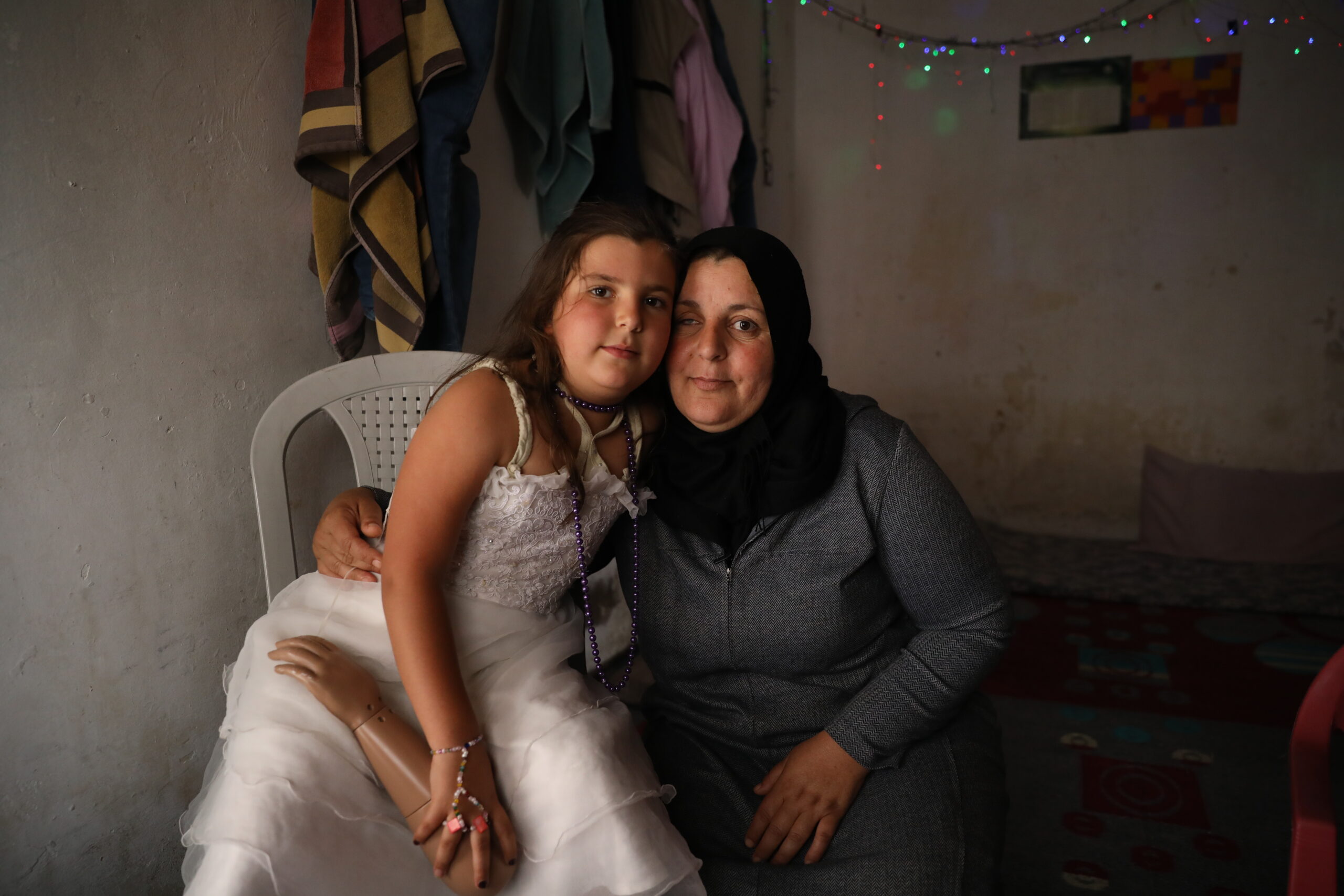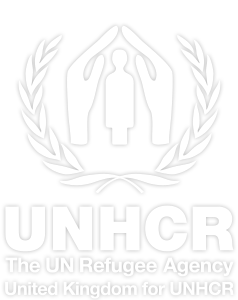Syria crisis: 13 years
Ahmed’s family is among the over 7.2 million internally displaced people forced to flee due to conflict.
Photo: ©UNHCR / Hameed Maarouf
The ongoing conflict has taken a toll on Ahmed and his family. Injured in the crisis, he is no longer able to work as a carpenter – leaving his children unable to attend school due to his inability to afford education expenses. Life has become a constant struggle. Please help deliver relief to support them.

Cash Assistance
to help families cover basic survival costs like rent and medicine.

Shelter
to help families affected by the devastating earthquake who have lost their homes.

Education
to keep children in school.
More than a decade later: what’s happening in Syria?
The Syria crisis, now entering its 14th year, remains one of the largest displacement crises globally, with more than 12 million Syrians forcibly displaced. Within this dire situation, approximately five million Syrian refugees are still hosted by neighbouring countries, amid deteriorating socio-economic and humanitarian conditions.
UNHCR is leading a coordinated effort across the region to protect Syrians who have been forced to flee. This includes protection services, emergency relief and shelter for those escaping violence and ongoing care such as education, healthcare and psychosocial support.
Where are most refugees currently living?
Since the beginning of the Syria crisis 13 years ago, tens of millions of Syrians have been forced to flee their homes in search of safety. Over five million are refugees in the five neighbouring countries to Syria and over 7.2 million people are displaced inside Syria.
The five major refugee hosting countries in the region include Turkey where the largest number of registered Syrian refugees are hosted – over three million people. Neighbouring and nearby countries such as Lebanon, Jordan, Iraq and Egypt have also generously welcomed approximately 1.9 million Syrian refugees combined.
Many refugees have now been slipping further into poverty and living in formal refugee camps or inadequate and unsafe shelters for several years. For example, over 70 per cent of refugees living in host communities (not refugee camps) in Jordan are food insecure or vulnerable to food insecurity, whilst almost half of households are living below the abject poverty line.
Why can’t more people return home?
It’s still very dangerous for families in Syria. Millions have lost their homes, communities and loved ones, so are often unwilling – or unable – to risk the journey back. In some areas, crisis has abated, but returns are not yet possible as buildings and utilities have been completely destroyed, and threats such as mines need to be cleared.
Why do we need public support?
After years of upheaval, many Syrians have long exhausted any precious savings they were able to take with them when fleeing. They are now trapped in extreme poverty. With more than 13 million Syrians displaced inside Syria and around the world, public support has never been more vital. Every donation helps a Syrian refugee survive, recover and take steps to rebuild their lives until they can return home safely.
What is winter in Syria like?
Weather conditions in winter in Syria are severe, including bitter cold, snow and violent storms and displaced Syrians throughout the Middle East face snowstorms, flooding and freezing temperatures.
What help is needed during winter in Syria?
There has been a rise in needs driven by a deepening economic crisis, rapid deterioration of the Syrian currency, gas shortages, cuts on gas subsidies, climatic shocks, ongoing displacement, recurring hostilities and the 2023 earthquakes.
This past winter was the 13th consecutive winter in displacement for many people in Syria, who continue to face increased food insecurity, cost of living challenges, unemployment and the impact of the February 2023 earthquakes. 2.7 million people were urgent need of winter assistance in Syria.
UNHCR winter interventions included cash assistance and in-kind assistance, including tents, winter clothes, extra high thermal blankets, sleeping bags, waterproof floor covers, extra-plastic sheeting, portable heaters and rubber boots.
How has Türkiye-Syria earthquake impacted this crisis?
On 6th February 2023, two powerful earthquakes struck southern Turkey, near the Syrian border, claiming the lives of more than 57,000 people, with many more injured and missing.
The earthquake has exacerbated the fragile complex situation for millions of vulnerable Syrians and made it even harder for them to protect and provide for their families.
The humanitarian community estimated that 8.8 million people live in areas that have been most affected by the earthquake in Syria.
The earthquake has also damaged non-residential buildings including some of the infrastructure, health facilities and schools, causing many people to lose their livelihoods.
Where is UNHCR on the ground?
We’re working inside Syria and in neighbouring countries across the region – delivering life-saving humanitarian aid to displaced families and supporting the efforts of host countries.
Where can I access the latest data and reports?
Syrian Operations – for latest on UNHCR’s relief work to protect displaced people inside Syria.
Syria Situation Portal – for latest updates on the crisis overall, including UNHCR situation reports, funding requirements and UNHCR’s support for neighbouring countries taking in refugees from Syrian refugees.
In Syria, 90% of Syrian families live under the poverty line.

Sarah is an 8-year-old Syrian refugee in Lebanon, born without a forearm.
Sarah lives with her parents, sister and two brothers in a two-room rooftop shack in Beirut, Lebanon. Both UNHCR and a Lebanese NGO called BionicFamily are helping Sarah with a prosthesis.
Support from UNHCR donors can help provide healthcare support for Sarah and many other refugees.
Photo: ©UNHCR/Houssam Hariri
Sarah is an 8-year-old Syrian refugee in Lebanon, born without a forearm.
Sarah lives with her parents, sister and two brothers in a two-room rooftop shack in Beirut, Lebanon. Both UNHCR and a Lebanese NGO called BionicFamily are helping Sarah with a prosthesis.
Support from UNHCR donors can help provide healthcare support for Sarah and many other refugees.
Photo: ©UNHCR/Houssam Hariri

